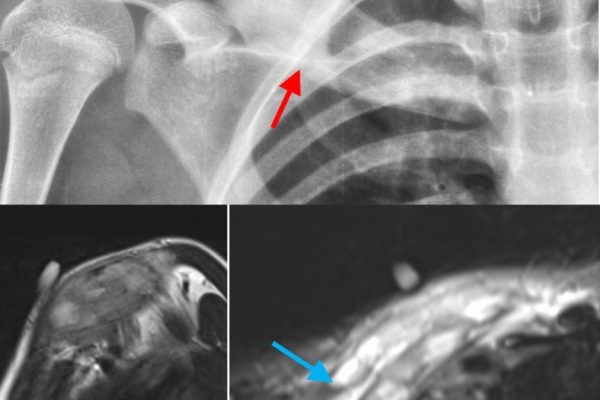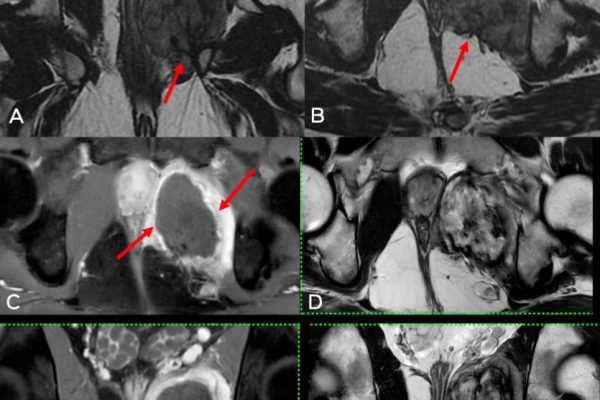Comparing Lung Tumor Ablation Techniques: Choosing the Right Option
Introduction
Lung tumors, whether malignant or benign, pose significant health risks and require prompt and effective treatment. While surgical resection has long been the standard treatment for lung tumors, advancements in medical technology have introduced minimally invasive alternatives known as lung tumor ablation techniques. These techniques offer several benefits, including shorter recovery times, reduced complications, and improved quality of life. However, with various options available, choosing the right ablation technique can be challenging. In this blog post, we will compare different lung tumor ablation techniques to help you make an informed decision.
Radiofrequency Ablation (RFA)
Radiofrequency ablation utilizes heat generated by high-frequency alternating current to destroy lung tumors. During the procedure, a needle electrode is inserted into the tumor guided by imaging techniques such as CT scans or ultrasound. The heat generated by the electrode destroys the tumor cells. RFA is commonly used for smaller lung tumors and has shown promising results in terms of efficacy and safety.
Microwave Ablation (MWA)
Microwave ablation is another minimally invasive technique that uses electromagnetic waves to generate heat and destroy tumour cells. MWA has several advantages over RFA, including the ability to generate higher temperatures more quickly and effectively. This makes it particularly suitable for larger tumours or tumors located near critical structures. However, further research is needed to fully establish its long-term efficacy.
Cryoablation
Cryoablation is a technique that uses extreme cold to destroy tumor cells. It involves the insertion of one or more cryoprobes into the tumor, which freeze the surrounding tissue. Cryoablation has advantages such as precise targeting, minimal invasiveness, and reduced risk of thermal damage to nearby structures. It is especially effective for tumors close to blood vessels or sensitive organs. However, cryoablation may not be suitable for larger tumors, and the freezing process can cause discomfort or pain during the procedure.
Irreversible Electroporation (IRE)
Irreversible electroporation is a newer ablation technique that uses electrical pulses to create tiny holes in the cell membrane, leading to cell death. IRE has the advantage of preserving the extracellular matrix, minimizing damage to blood vessels and vital structures. It can be effective for tumors that are close to critical structures, such as blood vessels or airways. However, IRE requires precise planning and expertise, and its long-term efficacy is still being studied.
Choosing the Right Option
Selecting the most suitable lung tumor ablation technique depends on several factors, including tumor size, location, proximity to critical structures, and individual patient characteristics. It is essential to consult with a multidisciplinary team comprising radiologists, pulmonologists, and thoracic surgeons to determine the best treatment option.
For smaller peripheral tumors, radiofrequency ablation (RFA) or microwave ablation (MWA) are commonly preferred due to their established efficacy and safety profiles. If the tumor is larger or located near critical structures, microwave ablation (MWA) or irreversible electroporation (IRE) may be more appropriate to minimize complications and achieve better outcomes. Cryoablation can be considered for tumors located close to blood vessels or sensitive organs, provided the tumor size is not too large.
Conclusion
Lung tumor ablation techniques offer minimally invasive alternatives to surgical resection, providing patients with several benefits. Each technique has its advantages and limitations, and the choice depends on individual patient factors. Radiofrequency ablation (RFA), microwave ablation (MWA), cryoablation, and irreversible electroporation (IRE) are effective options to consider, and consultation with a multidisciplinary team is crucial to make an informed decision. By carefully evaluating the tumor characteristics and consulting with healthcare professionals, patients can choose the right lung tumor ablation technique to achieve optimal outcomes and improve their quality of life.



